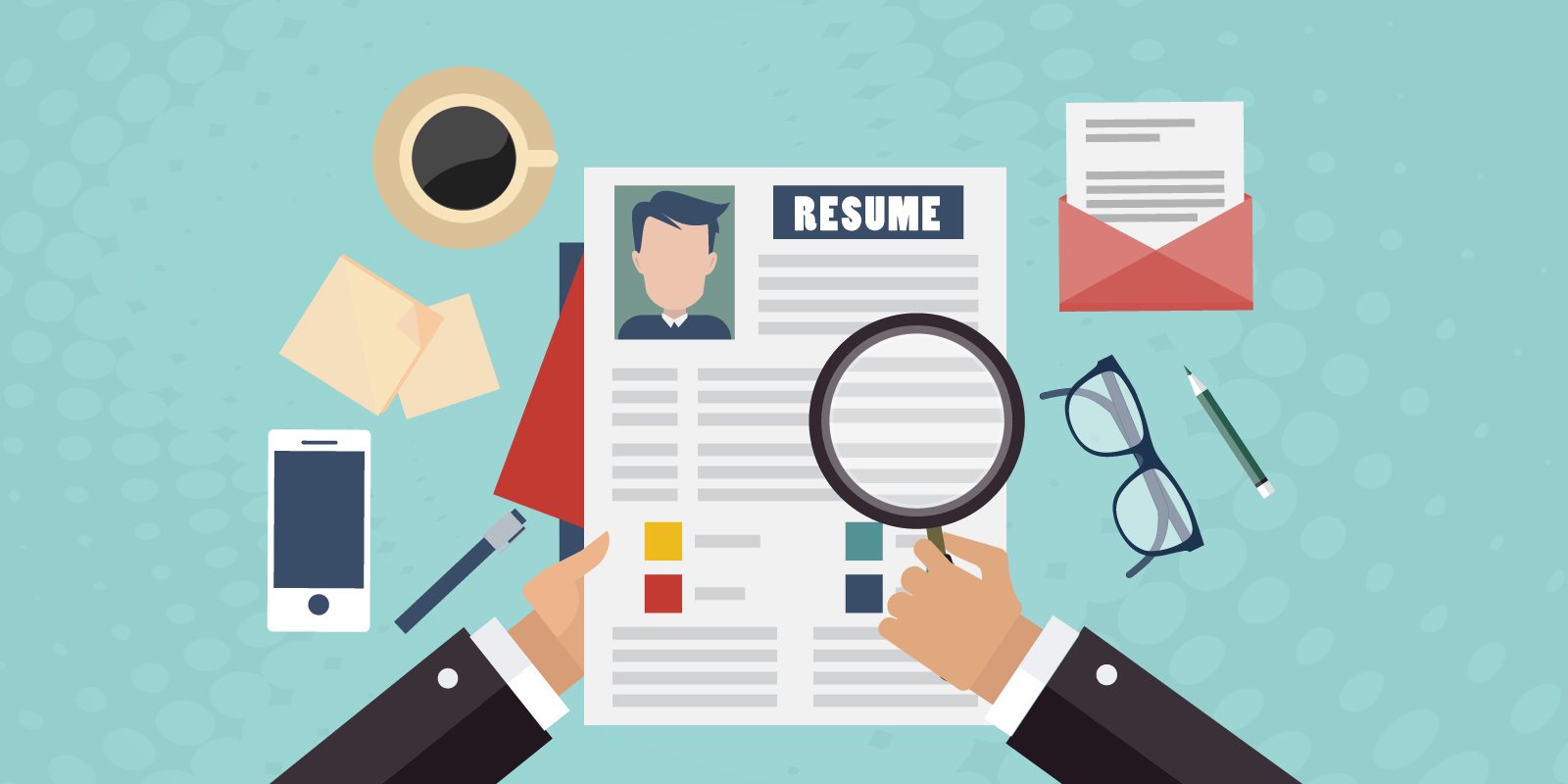Once you have figured out exactly what you are looking for in your ideal employee then you can begin working on finishing the rest of the process. Here are four tips on making the rest of the hiring process as efficient as possible.
- Create a good job post. Now that you know what you want and have that physical list of characteristics and skills in hand, you can begin crafting the actual job post. Find the balance between including too much information and too little information. Too little information and you’ll get a large amount of unwanted applications, but too much information will cause you to lose qualified applicants. Use concise language and fully describe each component of the job, requirements, and expectations of your ideal candidate. This will increase your likelihood of getting good resumes back.
- Structure your interviews. As a small business owner sometimes it is easy to take an informal approach and turn your interviews into a casual chat. A casual chat is fine, but you still need it to have some sort of structure otherwise the interviewee may take control of the interview. Critical information can be left out and cause either party to have an inaccurate understanding of the other. Write questions in advance and limit the amount of yes or no questions. Instead focus on asking open ended questions so you can get the applicants talking. Then, take those questions and use the same ones in every interview. In the end this will make it easier to compare the applicants across the board, guard against unintended bias, and guarantee that the questions you ask are actually relevant to the job.
- Emphasize the Applicant. That is to say, place more emphasis on the applicants and worry less about their resumes. Remember that information provided on a resume is biased information. It shouldn’t carry that much weight in your decision whether or not to hire them. You should only be using their resume to gain basic information such as their past employers and contact information. The focus should be on their integrity, flexibility, and ability to learn the job. Also, try to go into the interview as unbiased as possible. Save the social media stalking for afterwards as the more you know about the applicant beforehand, the more biases you could potentially form.
- Debrief, Digest, and Follow-up. After each interview, take a few minutes to digest the applicant. Review your notes and fill in anything you missed. Even if you have another interviewee waiting for their turn, it’s important to take this time. At the end of the day, review the applicant against your list of expectations from the preparation stage. It’s OK to get along with an applicant because you like their personality, but do they also meet the real requirements you laid out beforehand? If you think you’ve found someone great – sleep on it. If you have lingering concerns or questions you didn’t explore completely – call or set up another interview to follow-up. And always listen to your gut!
- Include other opinions in your hiring decision. Don’t go about it alone. For some businesses using multiple interviewers is not a practical option, but if it can be done it will significantly add to the final decision. A great way to do this is to have a mentor, partner, or experienced business associate or friend join on interview day. Having that second opinion is one of the best ways to stay unbiased throughout the process, and in addition, you’ll be able to collaborate with trusted partners or employees to make a better well rounded decision.
Following these tips should result in better employee hiring which will lead to improved company performance. Don’t rush any part of the process, and you’ll find it’s well worth the investment.

